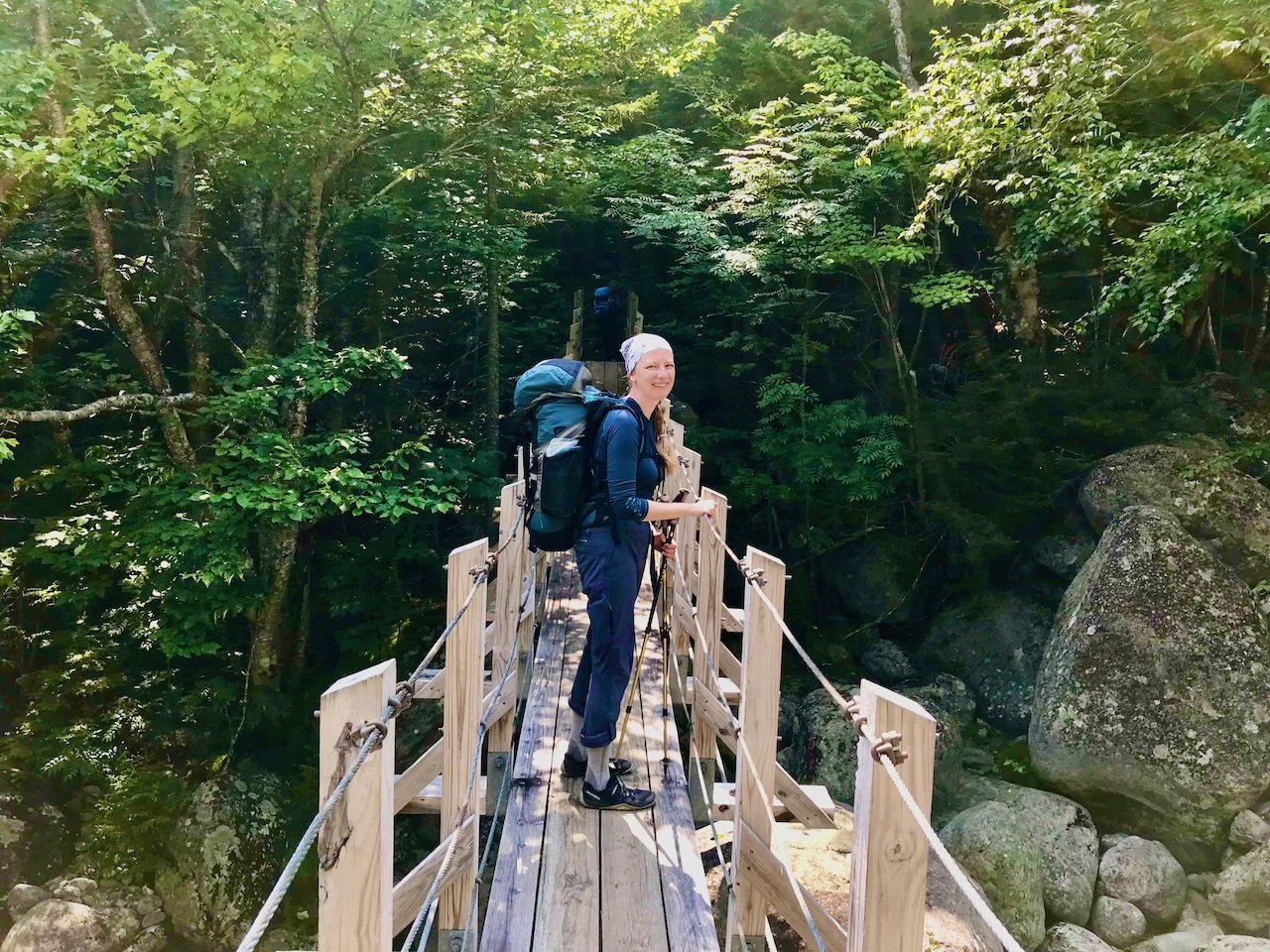Encouraging People to Do a Scary Thing
I’ve been in some scary situations that ended fine, but my imagination made those moments much scarier. Like hiking into the Grand Canyon, I feared slipping off the path's edge and falling down the cliffside. Or one time, hiking the Appalachian Trail (AT), we set up camp in the dark, and when we woke the following day, we found snakes curled up, sleeping (presumably) in the trees above us. (I had no idea we could break camp in 7.8 seconds flat.) I had some Indiana Jones-like nightmares later on of snakes falling on me. Another time we were hiking along the top of a ridge when a storm swept in so fast that we barely had time to scramble down the side before the lightning started—to this day, I tend to watch the weather more carefully when we have high hikes planned.
Snakes, lightning strikes, and falling are the stuff of nightmares. You might have a similar visceral list if I ask you what you were scared of. These are big scary things.
But what about the everyday scary things we don’t tend to think about much but which influence professionals’ behavior all the time? An example could be raising a hand in a group of other people (this is a sort of voting). Or comment on a post, which could expose the commenter to criticism. Even asking a question during an event or in a community can be fraught for some of us, some of the time.
Most people don’t want to be the first to do something scary. That’s why there might be crickets when you ask people to participate. Usually, it’s not because prospective participants don’t have an idea, question, or opinion—it’s because participating right here right now feels a little bit scary.
When participating feels a little bit scary (and participating does feel a little bit scary most of the time), how do you prime people to participate?
One way is to normalize the scary things for your community. And how do you do that? You/the association/the leader need some first-followers. In his great TedX video, Derek Sivers explains the power of first-followers.
If you want to do something different with your community or get your community to do something different, it might help to find some first-followers.
A first-follower is a person who will raise their hand first, who will normalize a new behavior, and who will model for the rest of your community.
Chat ambassadors are examples of first-followers. One of the things we can ask them to do is be the first to answer the speaker’s questions. It’s much easier to press send when you’ve just seen someone else contribute.
MCs sometimes ask speakers for seed questions, and asking these seed questions paves the way and gives potential participants a chance to prepare their questions.
When you think it might be hard for prospective participants to participate, find a colleague, friend, or someone who wants to be more involved and ask them if they’d be a first-follower. Chances are, they’ll say yes, and when they do, you now have a community supporting you! ☺️

